Magic: Gather Despite being a well-loved competitive and collectible card game, it has had many problems and utterly lousy game mechanics throughout its storied 30-year history. Impressive, if any, worst mechanics Magic They are relatively few compared to other cards.
It can be very difficult, if not impossible, to balance Magic: Gather Perfect. A mechanic so poorly designed or useless that its existence is meaningless, or so broken that it dominates Magic The game meta is somehow not something that Wizards of the Coast doesn’t take into account. Either way, these mechanisms are deprecated for good reason and in most cases have not been seen since their failed introduction.
Contents
10 scans
On the surface, Swipe looks like a problematic mechanic because it’s so powerful. After all, the upfront cost of returning a land to the player is very high, so the intuitive effect must be strong. Not literally, since the cards aren’t very popular, but about the amount of mana in the game.
one of the first things to do MTG Beginners should know that it is important to have enough land to cast spells. The cost of these scan cards is obviously for the late game, but the effect is always disappointing. Unfortunately, that is not the case, as evidenced by cards like Barrel Down Sokenzan, on the contrary, very expensive and very mediocre.
9 Rage

Aggression mechanic is a keyword ability that gives the creature an additional bonus for each additional creature that blocks it. Usually the bonus is +1/+1 for each additional blocker. For example, a creature with “Rage 2” gains +2/+2 to every creature after first blocking it.
Although there are a lot of beautiful cards in there legendary putThe mechanics themselves were far from appealing when Rampage launched. Such an interesting premise, but it is considered downright boring in practice. Using aggressive cards, such as the Giant Crab, looks impressive, but it doesn’t help the player win the game.
8 premise
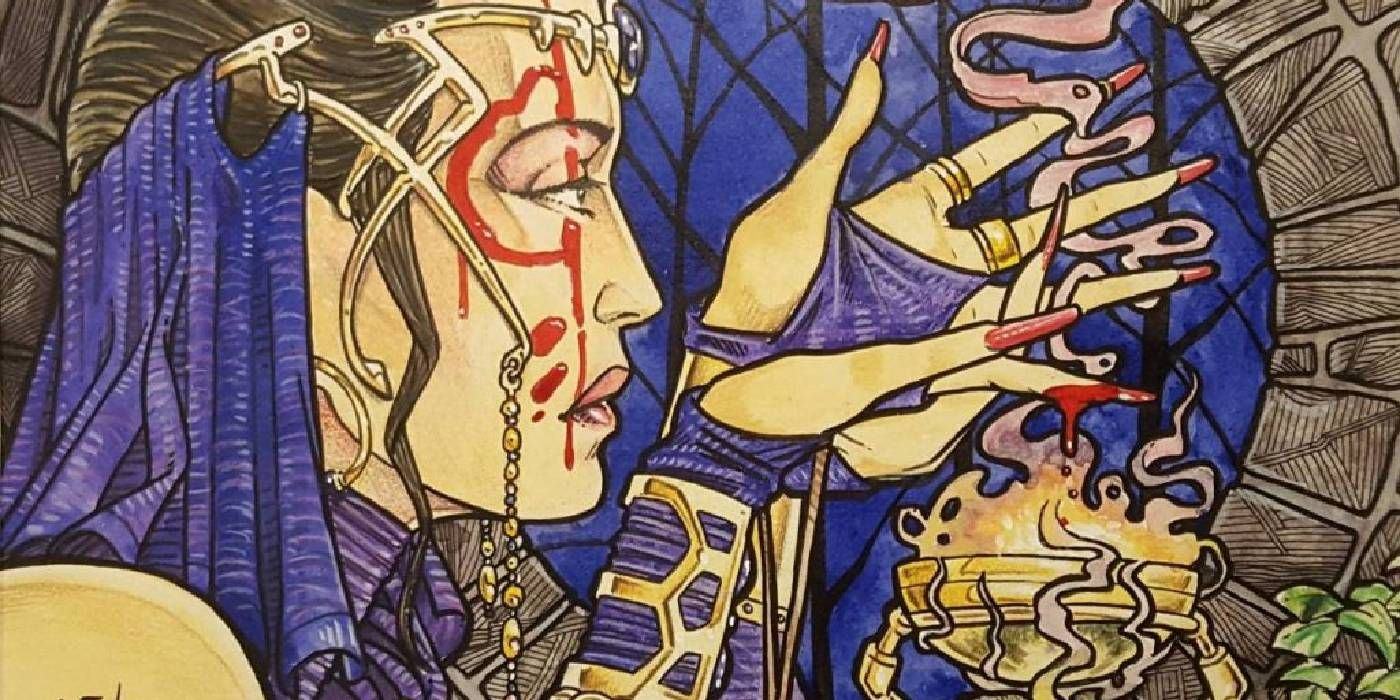
The Ante mechanic is a rule that allows players to place their card collection at risk of losing it forever in the hands of the winner of the game. Betting rules state that at the start of the game, each player must place one card from his deck in the betting area and the winner of the game will receive all the cards in the betting area as an award.
take a popular Magic The characters after the game are not a compelling mechanic. In fact, it was so uncommon that even Wizards of the Coast was known to make it an optional “gambler” mechanic, and it was quickly ignored by the player base. Either way, don’t gamble with an already expensive hobby.
7 dredging
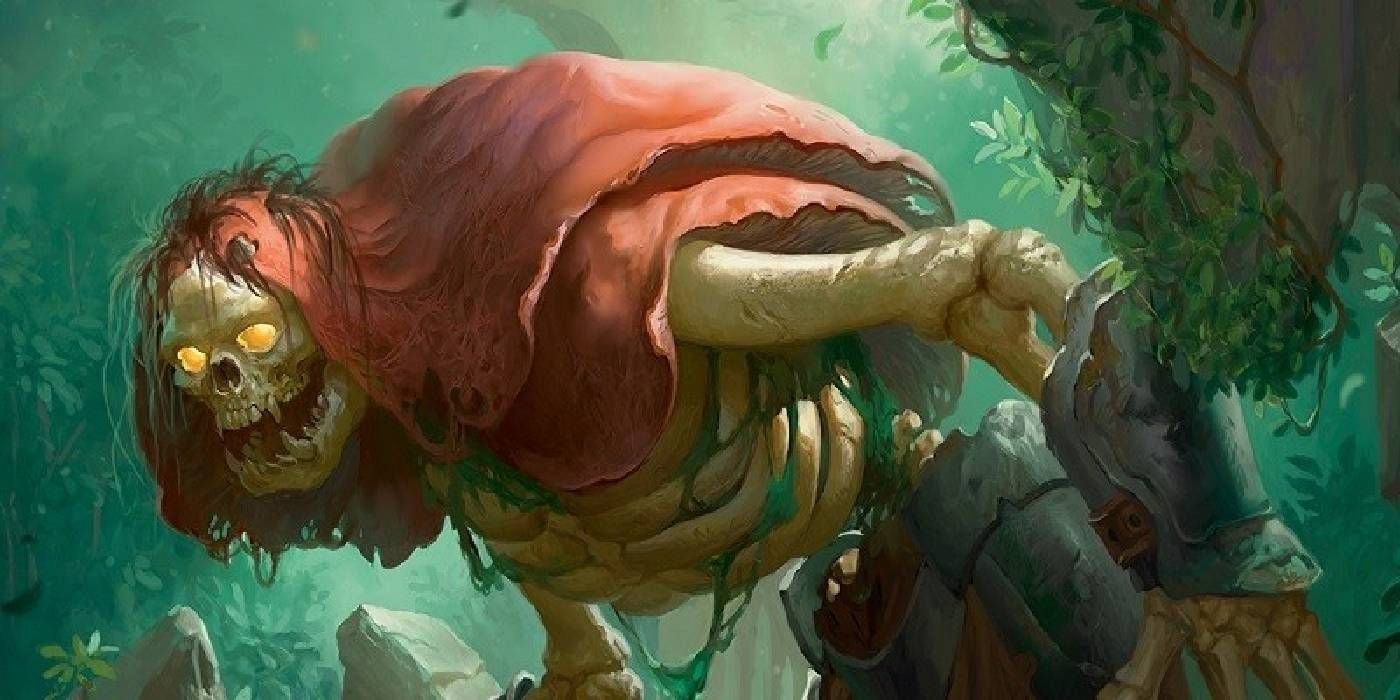
The dredging mechanism allows players to return cards from the graveyard to their hand without having to draw cards from their library. To use the dig ability, the player banishes a dig card from the graveyard, they can then place any number of cards from the graveyard at the end of their library in any order.
Dredge is one of the worst mechanics in the game Magic: Gather, and many have called for a ban on the Dredge card. The problem with Dredge is that despite how sloppy the mechanic is in reality, it still manages to win over Dredge players. It’s not an interesting mechanism, and it’s easy to face it with fear.
6 partners
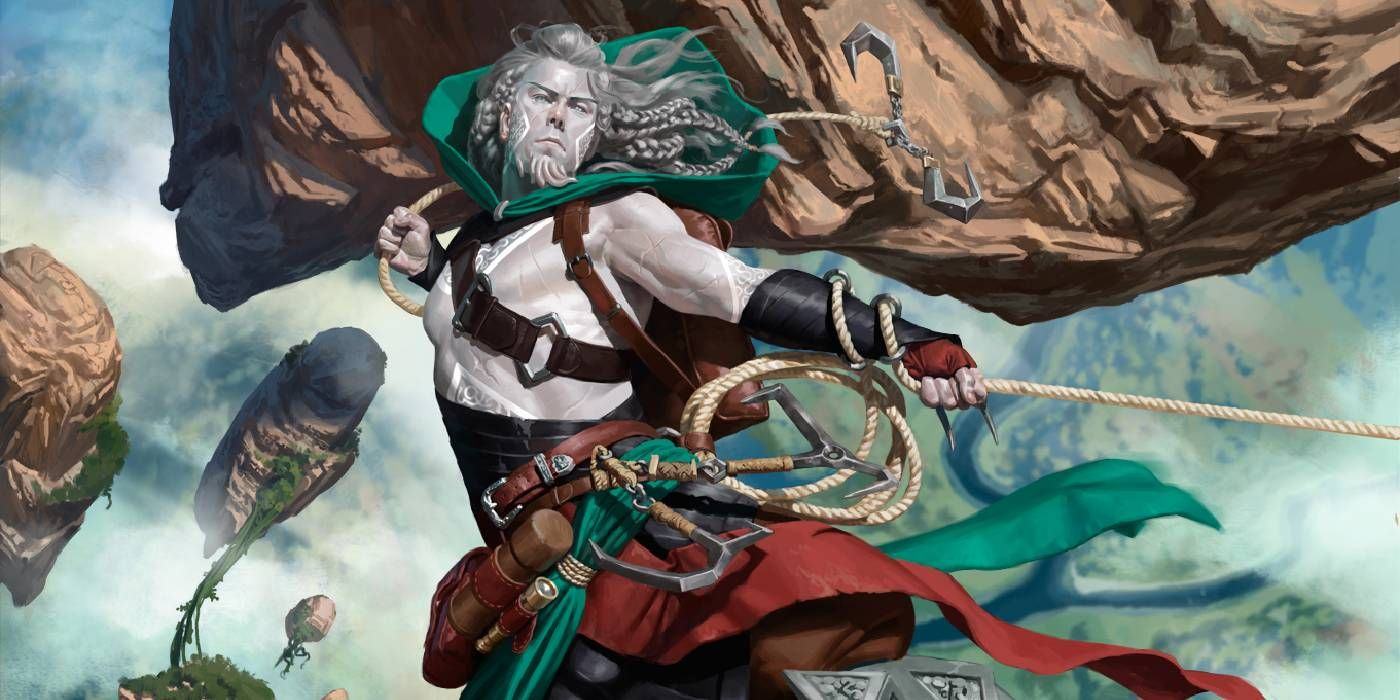
The buddy mechanic uses two legendary creatures on the field as a pair of commanders in commander format. When a card has a companion on the battlefield, the player can have two legendary creatures as commanders in commander format. When a card has a companion as a commander, so does another legendary creature with a different name than that commander.
many MTG The suit will be released in 2023, but the partnership mechanism won’t be back any time soon. On the one hand, buddy commanders are notoriously weak and bland. Not only that, despite being “partners”, they ended up not coordinating well with other commanders. While it looks like an interesting mechanic on the surface, it’s nothing more than a fad.
5 companions
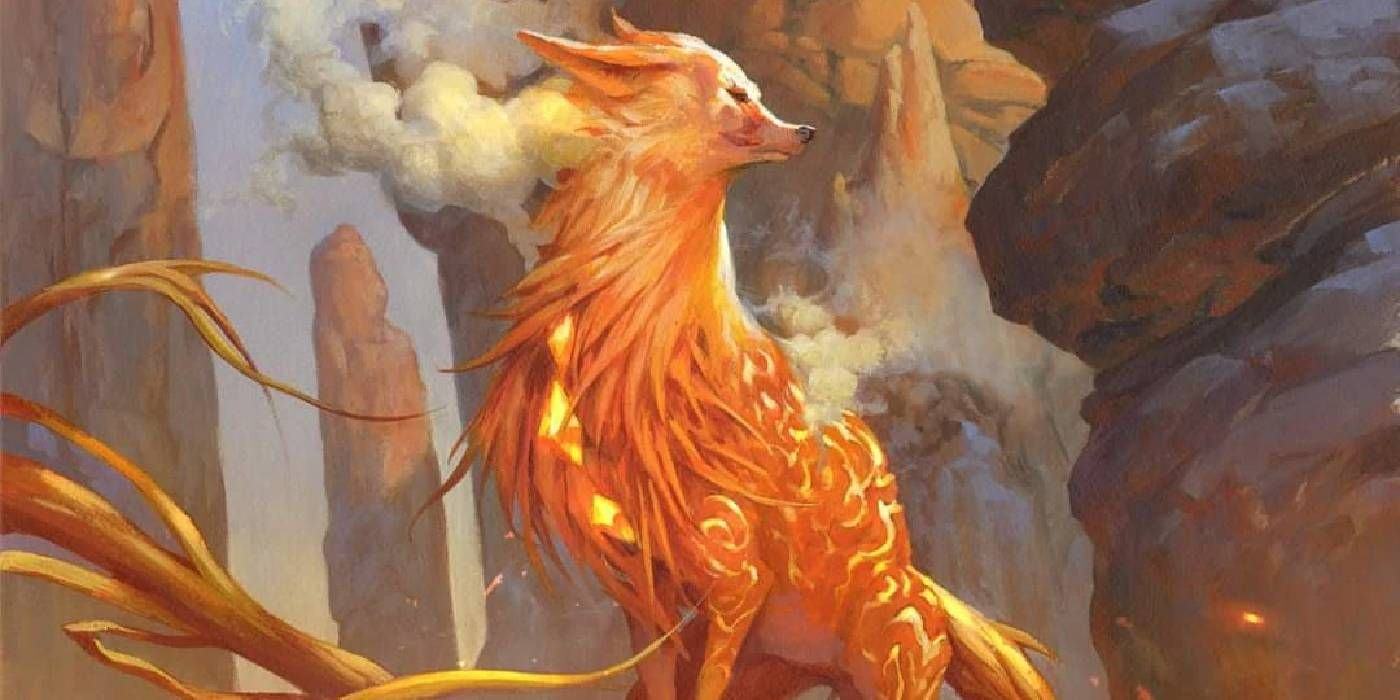
The Companion Mechanic allows players to take a specific card from outside their deck in a special area (called the sideboard) and allows them to use that card from that area under certain conditions certain. To use the Companion ability, a player must first meet certain deck building criteria before cards with Companions can be used on the sideboard.
The fundamental problem with Companion is that it requires the player to access content outside of the regular game.new MTG Players may struggle with the new format, and the Companion mechanic points to an ongoing problem in the game design space. This problem is unnecessarily complicated. Innovation for the sake of innovation should not be traded off with common sense, and Companion is a prime example of this.
4 Terminators
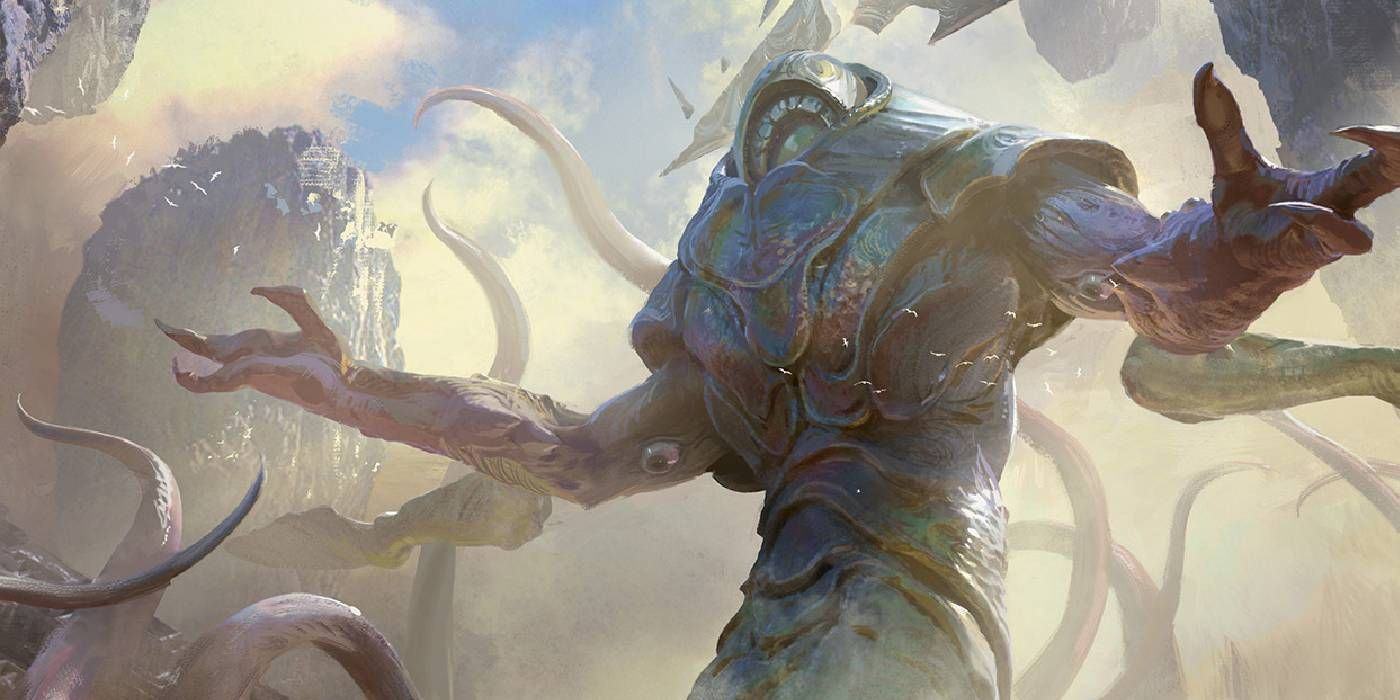
The Annihilator mechanism is associated with the Eldrazi mob, a type of creature introduced for the first time Zendikar put. A destroyed creature assigns a number and requires some creatures to sacrifice when attacking. For example, a creature in Annihilator 2 sacrifices two creatures as a bid when it attacks.
Annihilators are so powerful that they are currently banned in most formats. Playing with them is not fun because they are forced to make sacrifices. This is nothing more than a positive for players who use Annihilator, making it incredibly unbalanced. At the end of the day, games are supposed to be fun, and Annihilator goes against that philosophy.
3 Mana Phrexian
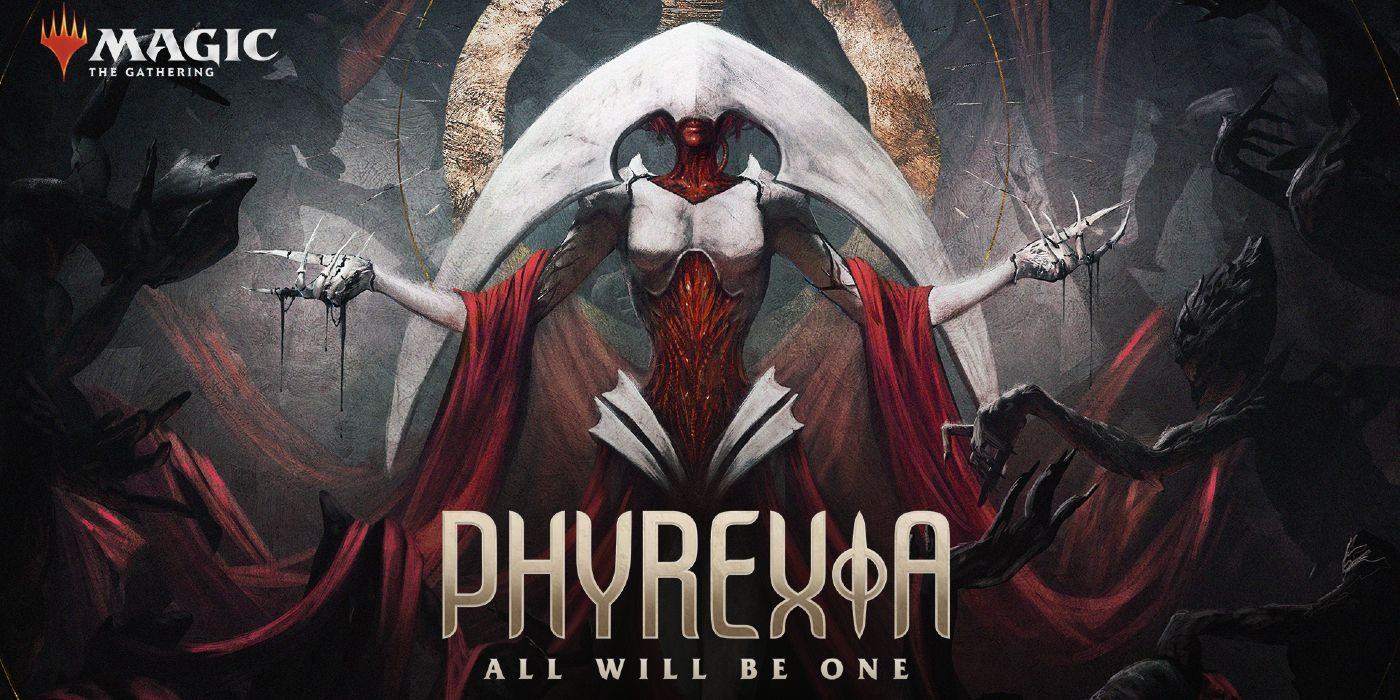
Phyrexian’s energy is a blend of energies that allows the player to pay energy of the right color or 2 life points to pay for a spell or ability. The Phrexian mana mechanic is often used for powerful spells, abilities, and creatures that require sacrifice or life cost.
Phyrexia: Everything is one It looks interesting, but this deck is best kept away from damaged cards that use the Phrexian mana mechanics. While some cards like Gut Shot are fine, cards like Probe are designed to fail in almost any game.
2 storms
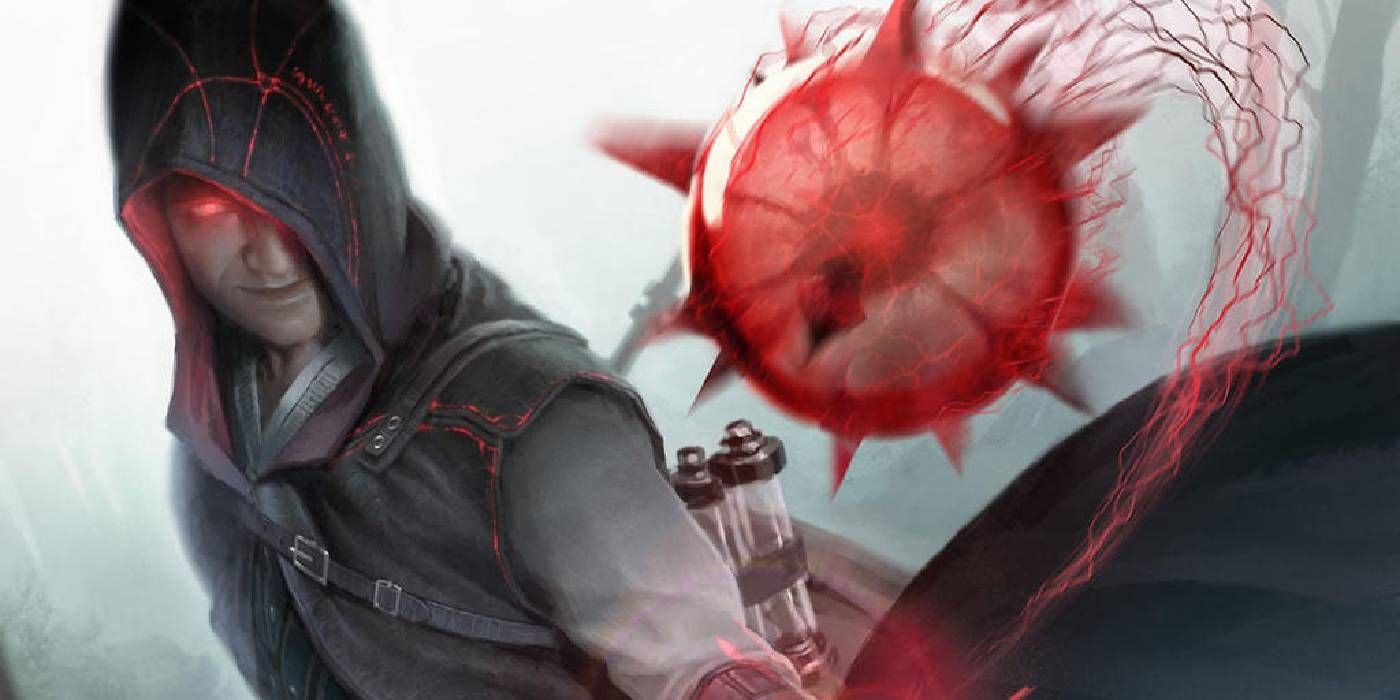
The storm mechanic activates when the player casts a spell and counts the number of spells cast before it for the current turn. For each spell cast before it, an additional copy of that spell is created and placed on the stack. Basically, this is a very effective way to use a spell over and over again.
The storm mechanic is so powerful that it inspired the creation of a “storm gauge”, a measure of how likely it is to return in future expansions. There are a lot of banned cards Magic With a mechanic ranking high on this famous scale, it’s clear that the Storm card makes up the bulk of the list. Turns out the magic’s omnidirectional ability was very powerful.
1 band and others
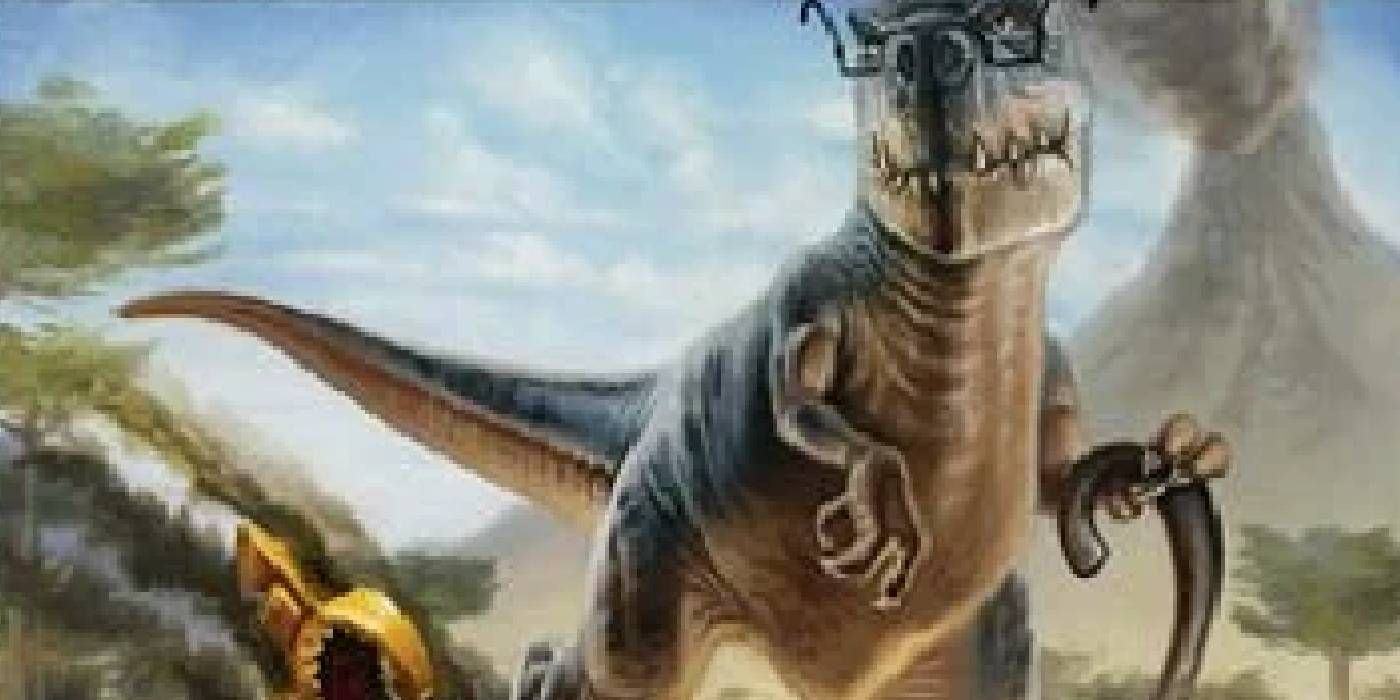
Banding With Other is a variation on the original Banding mechanic that allows players to combine certain creatures they control and attack or block into a single unit. A striped creature is considered a single attack or blocking creature and can be blocked or assigned its battle damage in groups. Unfortunately, this only works for other creatures that have “associated with others” in their tag text.
In fact, it is the only known hurricane with a fun 11 on the hurricane scale. It would take a reality-bending plane ride to make Bands With Other a viable mechanism in the future. While the original binding mechanism is also uncommon, at least it’s not as confusing or pointless as binding to others.
